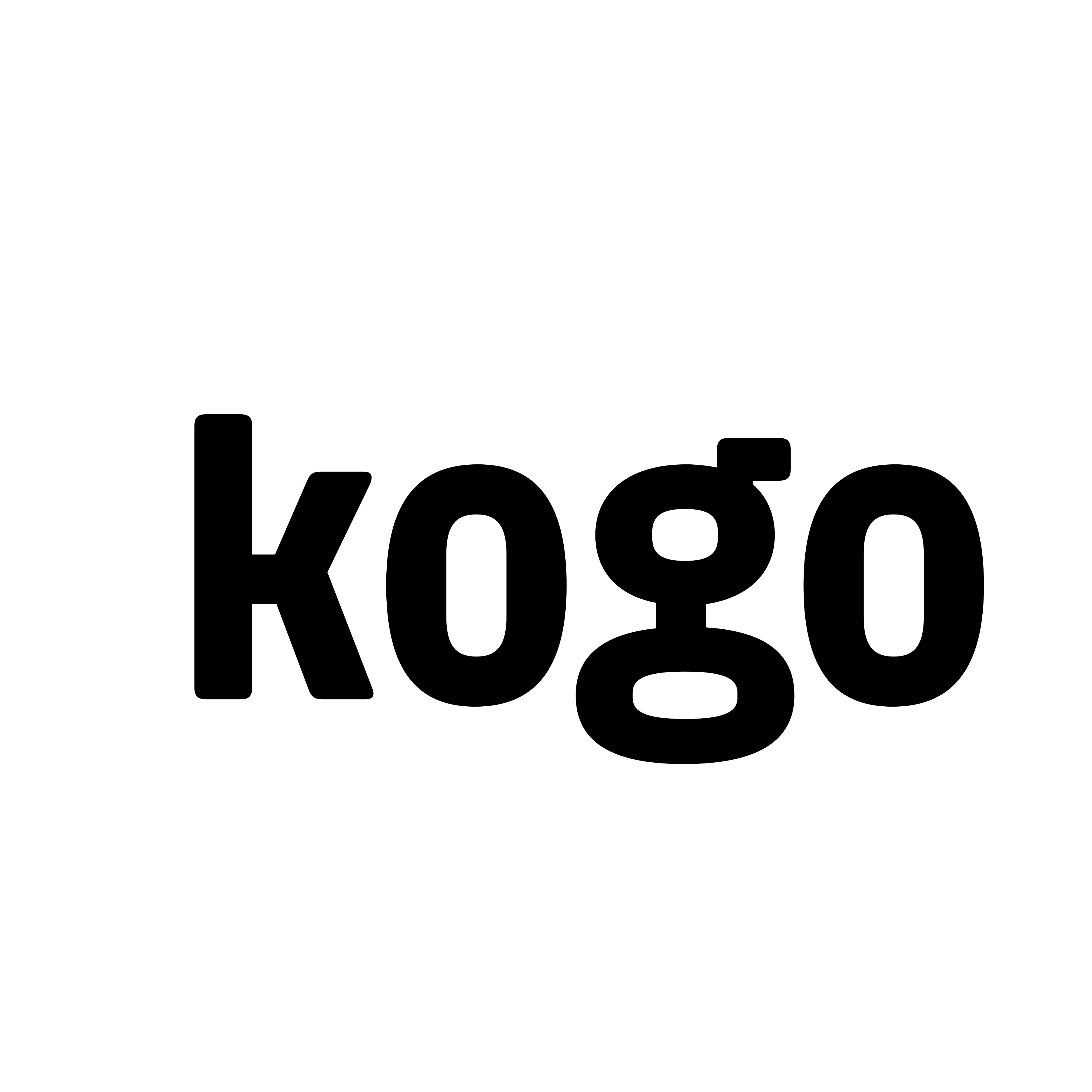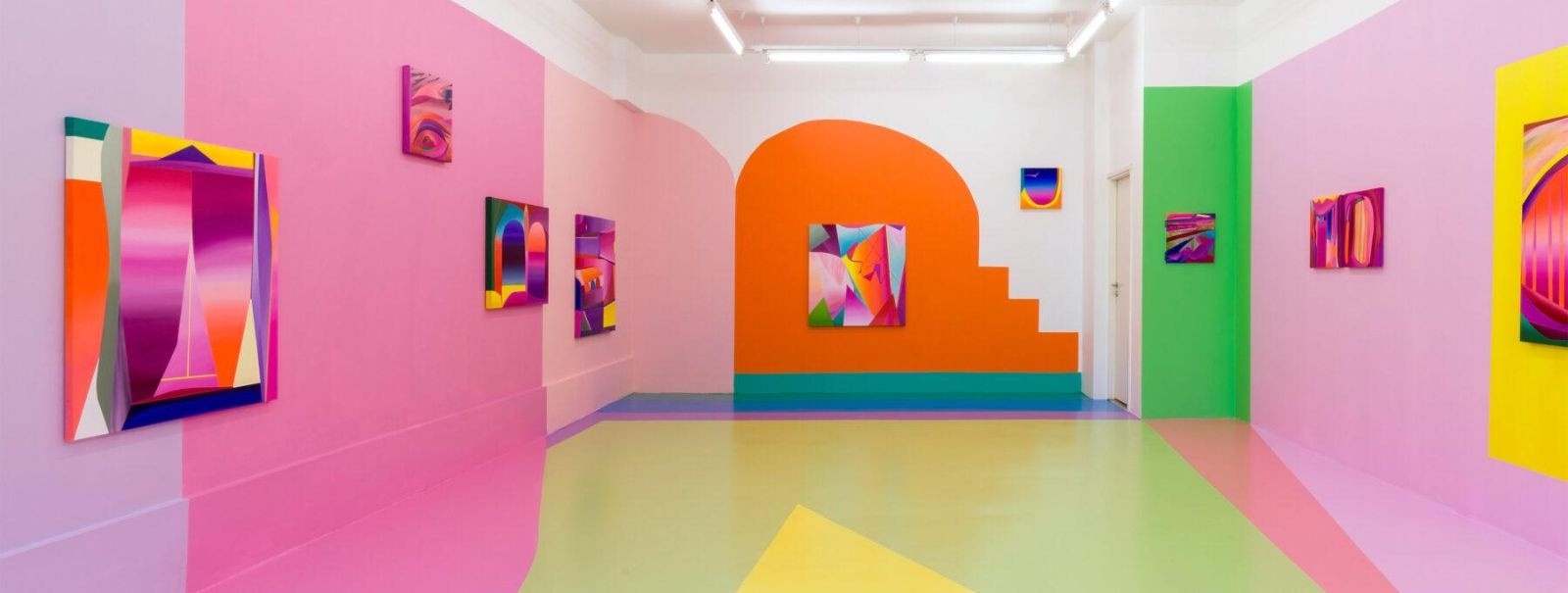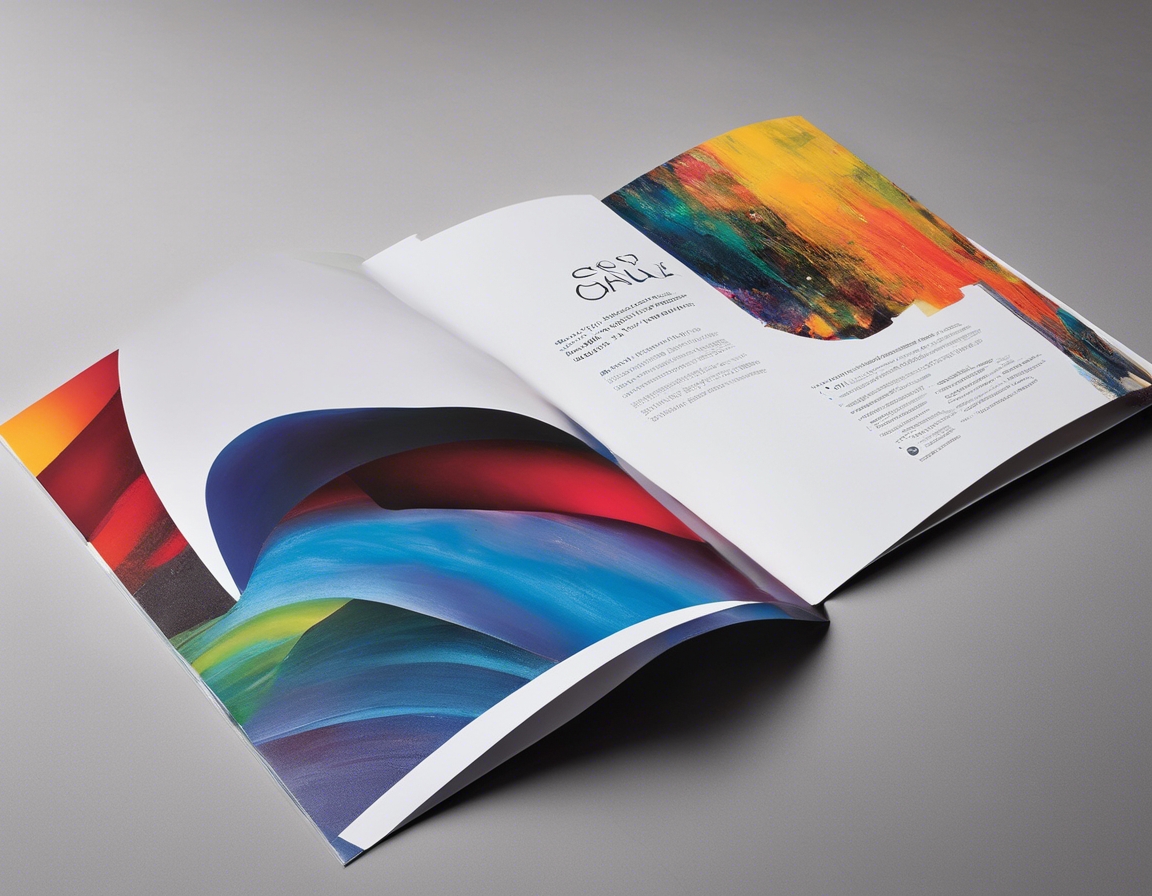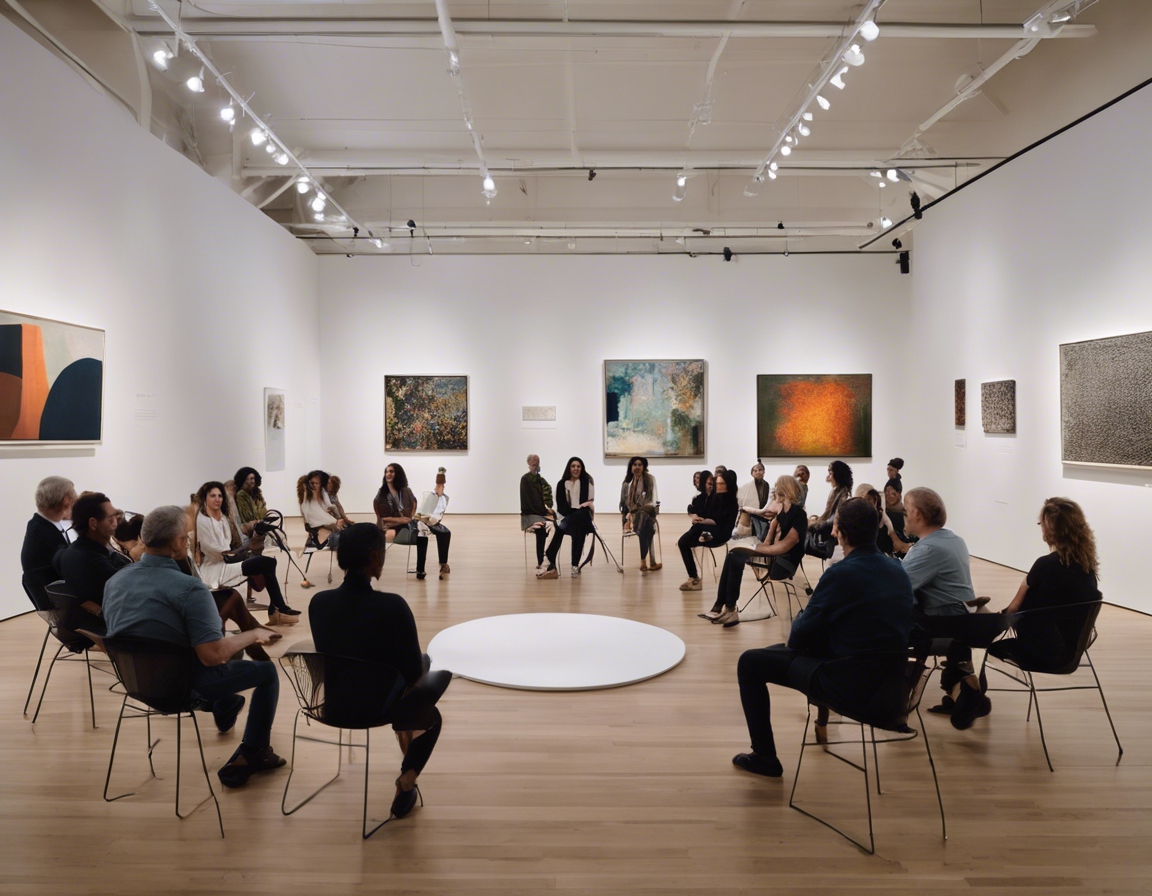The future of art: trends to watch
The world of art is ever-evolving, reflecting and shaping the zeitgeist of our times. As we look to the future, several key trends are emerging that promise to redefine the boundaries of artistic expression and engagement. In this post, we'll explore these trends and consider their implications for artists, collectors, and enthusiasts alike.
Technological Integration in Art
As technology advances, AR and VR are becoming integral to the art world, offering new ways to experience and create art. These technologies allow for immersive experiences that challenge the traditional viewer-artist dynamic, opening up possibilities for interactive storytelling and exploration.
AI is not only transforming industries but also the creative process. Artists are using AI to generate new forms of visual art, pushing the boundaries of creativity and questioning the role of the artist in the digital age.
The rise of NFTs has revolutionized the way we think about art ownership and authenticity. Blockchain technology ensures the uniqueness of digital artworks and enables artists to monetize their work in unprecedented ways.
Environmental Consciousness and Sustainable Art
Artists and galleries are increasingly adopting sustainable practices, using eco-friendly materials and reducing their carbon footprint. This trend reflects a growing awareness of environmental issues within the art community.
Artists are using their platforms to address climate change, creating works that inspire reflection and action. This trend is likely to grow as the global conversation around environmental issues continues to intensify.
Art in the Digital and Physical Space
The pandemic has accelerated the shift to digital, with online galleries and virtual exhibitions becoming more prevalent. This trend expands the reach of artists and galleries, allowing them to connect with a global audience.
Physical spaces are being transformed by interactive and immersive installations that engage the senses and invite participation. These experiences blur the line between art and audience, creating memorable encounters.
Social and Political Commentary Through Art
Artists are increasingly using their work to comment on social and political issues, driving conversations and inspiring change. This trend reflects a commitment to engaging with the pressing issues of our time.
The art world is striving for greater diversity and representation, with a focus on elevating voices from underrepresented communities. This shift is enriching the cultural landscape and broadening perspectives.
Artistic Education and Accessibility
The digital revolution has made art education more accessible than ever. Online courses and workshops allow individuals to learn and create from anywhere, democratizing the process of artistic creation.
Public art initiatives are making art more accessible to the wider community, fostering engagement and appreciation for the arts in everyday spaces.






Comments (0)